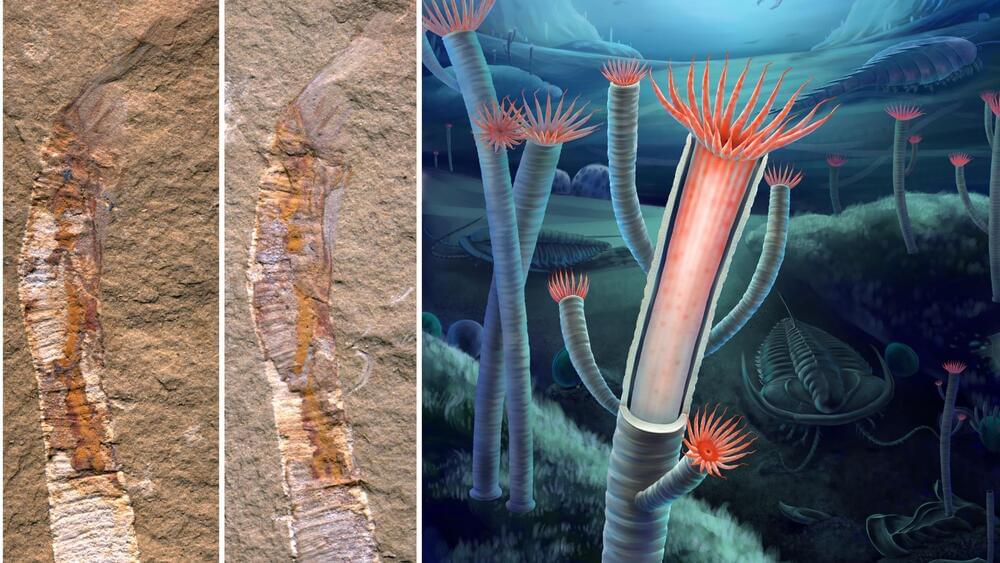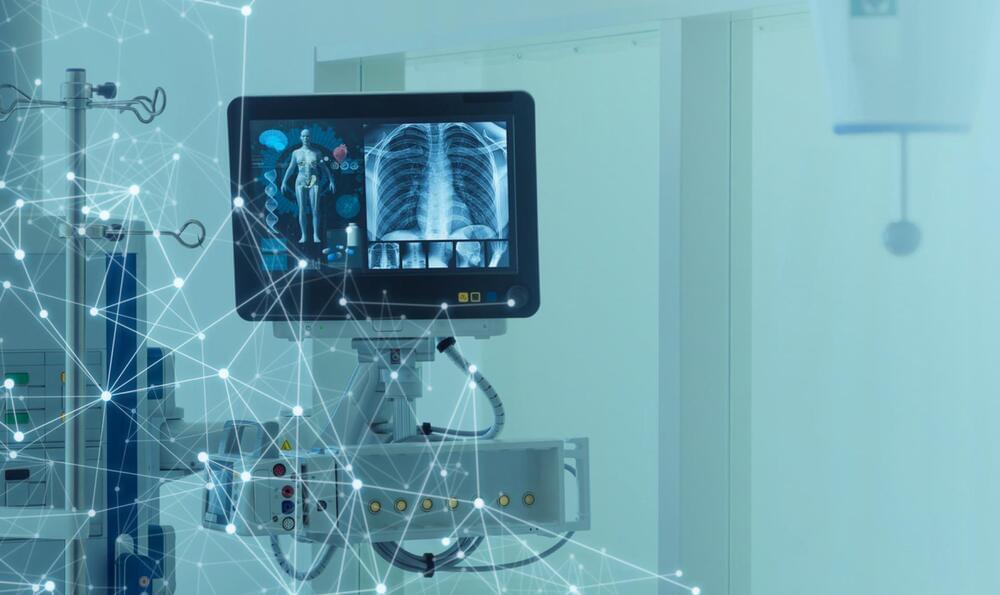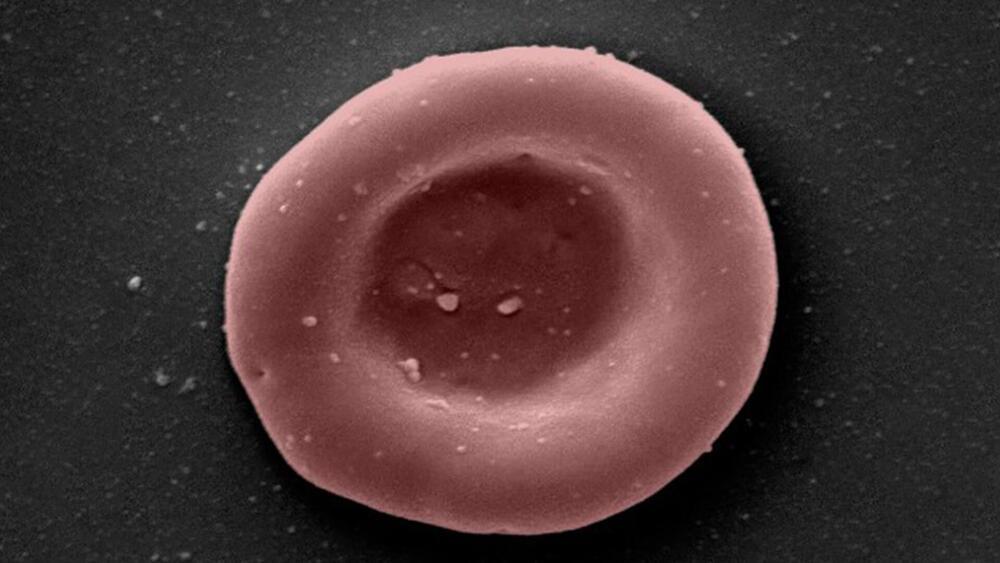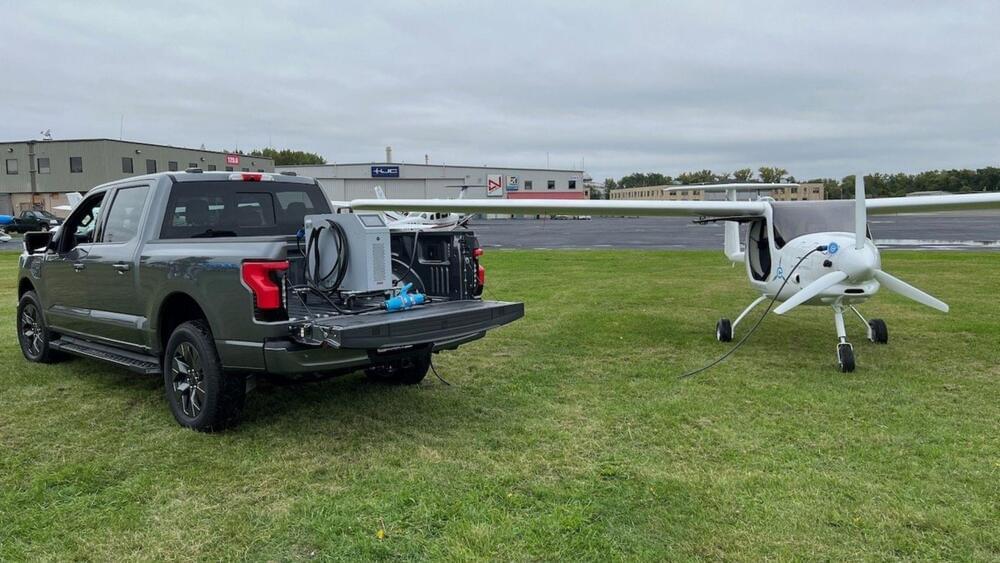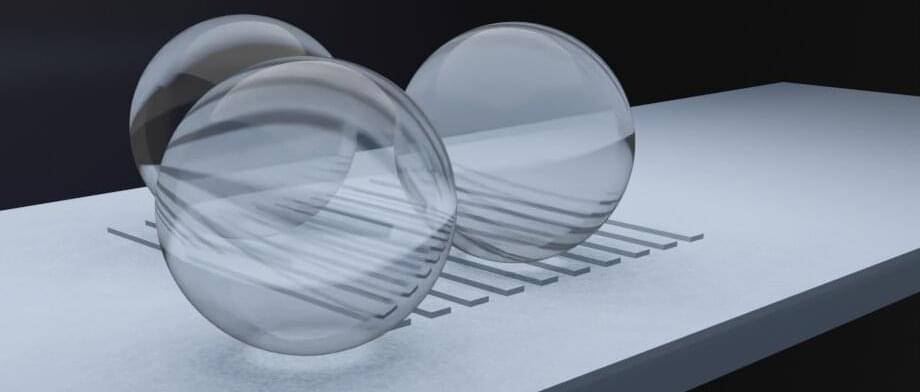Nov 7, 2022
Quantum engineers improved the silicon chip performance by 100 times setting a new standard
Posted by Gemechu Taye in categories: computing, quantum physics
Their quantum computing processors can store information up to two milliseconds.
Researchers from the University of New South Wales have broken new ground in quantum computing by demonstrating that ‘spin qubits’- qubits where the information is stored in the spin momentum of an electron-can store data for up to two milliseconds, 100 times longer than previous benchmarks in the same quantum processor.
Classical computers work with bits—consisting of ones and zeroes—but a quantum computer uses quantum bits or qubits, which, on top of the ones and zeroes, also has a superposition where it can be a one and a zero at the same time.
